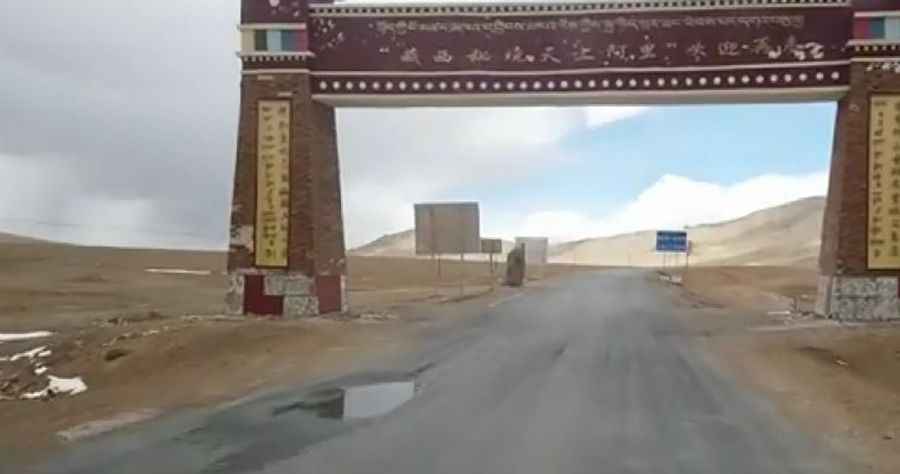A wild road to Satsum La
Satsum La is a high mountain pass at an elevation of 5.350m (17,552ft) above the sea level, located in Tibet, north-east of the Himalayas, in the People's Republic of China.

The road to the summit is called 219 National Road, also known as Tibet - Xinjiang Highway. Construction of this road started in 1951. It was completed in 1957 and fully paved with asphalt in 2013. On this road, also known as the "Sky Road" in Chinese, you're firmly on altitudes over 5,000m. For an unacclimatized person this can be fatal. The breathtaking scenery ranks as some of the most inhospitable terrain on the planet. High Altitude Sickness Avoiding: Better take some medicines for relief and keep warm all the time. Travelers are known to have to wear oxygen masks during this stretch, to deal with altitude sickness. Expect many stretches with no water or food for tens or hundreds of kilometres, dozens of high passes, no shower or even a wash for weeks, and nightime temperatures of -25 degrees C or lower.
The pass is also known as Jieshan Daban. The road is long and arduous and crosses several mountain passes of 5,000, 4,000 and 3,000 meters. Please try your best to respect the religious belief and local customs. Despite its reputation for running through terrain that is by and large uninhabited, the G219 does pass through a number of important historical and religious sites. If you do choose this route please check up to date information. It's a windy place and it's one of those places where you can feel hard winds coming from two directions at the same time. In recent years, the region has been witness to a number of violent attacks arising from tensions in the region.
For your safety, be sure to check the weather forecast before you begin your trip. The extremely high altitude of Tibet makes the winter seasons extremely harsh, marked by extreme cold with gust of strong winds, blowing almost all the time. As there is a large temperature gap between daytime and night, it is highly recommended to take along some pieces of thermal clothing, hat, and gloves and so on. Therefore it is better to avoid any trip to Tibet during winter. Half of the roads remain closed due to heavy snowfall. The atmosphere becomes extremely arid and almost intolerable. To travel along the highway is to get a glimpse of places unlike any others in the world. Several stretches of the road are known to many as "no man's land”. There are truck stops along the way, about a day’s travel apart, but it’s wise to bring food and a sleeping bag. For miles and miles it’ll be difficult to see a single other soul. Make sure you have enough petrol, because there are hardly any gas stations along this stretch. A tent can be useful in emergencies. Monsoon always begins from July and end up with August. It rains a lot during Monsoon time and it makes self-driving travel difficult to handle with. And remember, in China, a lot of websites are censored so you won’t be able to access any url you want (especially if Tibet is mentioned).
Pic: https://www.trip.com/travel-guide/ritu/jieshan-daban-93845/